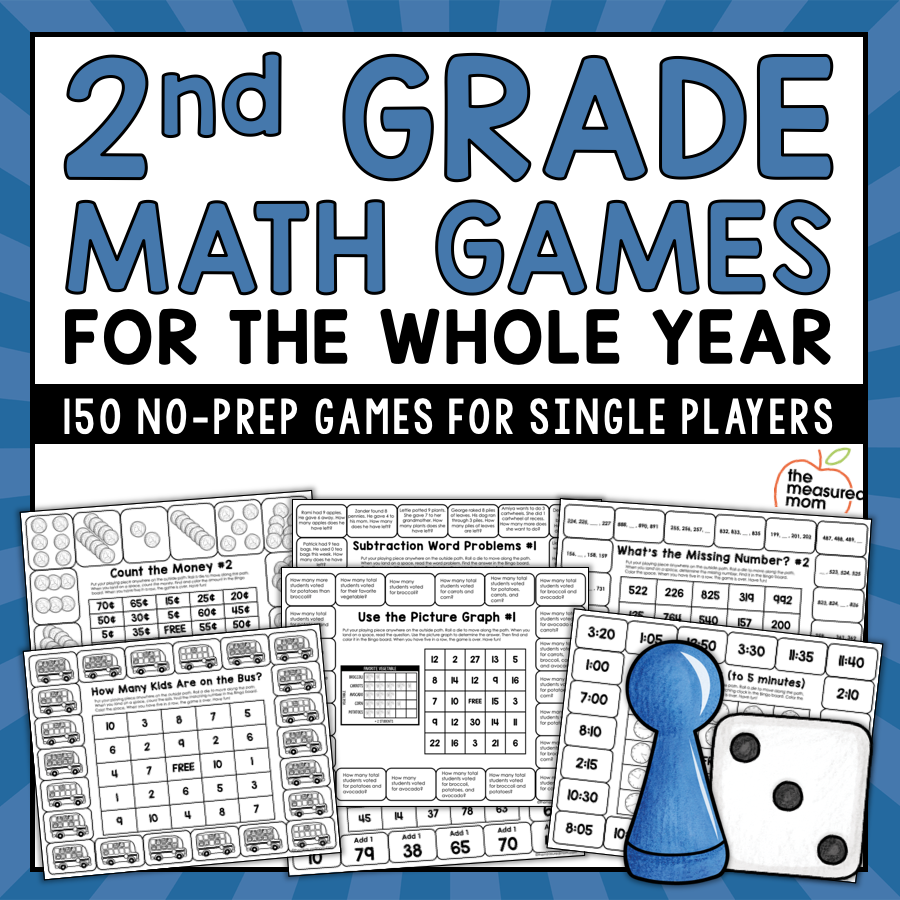
The Warriors have been down by six after halftime, and the Celtics are hot on the offensive end. Marcus Smart's hot start continues, and Jayson Tatum makes a 3-pointer off a Marcus Smart feed for a 12-point lead. Klay Thompson is called for a shooting foul on Al Horford, and he makes both free throws. This gets the Celtics onto the board first.
Klay Thompson's comeback from back-to-back injuries
Klay Thompson’s recovery from back toback injuries in Games 6 will be emotional, but it’s also an inspiring tale. The Warriors' twoway forward, who averaged 17.3 ppg through the first four matches against the Celtics in games 6, is back on court in the NBA finals.
Klay Thomson tore his left ACL during the 2019 NBA Finals after being fouled on the court by Danny Green. The injury caused Thompson to miss the rest, but he did manage to return to free throw shooting and finish the game. Initially, it appeared that he might return during the 2019-20 season. However, he injured his Achilles tendon in November 2020. He was unable to play in the 2020-21 season.

Jaylen B Brown's scoring prowess
Jaylen Brown will be needed by the Boston Celtics to improve his scoring in game seven against Miami Heat. Brown scored 20 point in Wednesday's 111-103 victory at Madison Square Garden. But, Brown struggled to score during the second half. He made only two attempts. Brown's only two points in those two games came from free throws made with just eight minutes left.
The Celtics opened the game with a 14-point advantage in the first half, but the Orlando Magic regained their lead in quarter four. Jaylen Brown's excellent shooting in the fourth quarter helped the Celtics win comfortably. Brown finished the game with 21 points. He nearly beat the Magic's 23-point lead. Jaylen Brown was an asset to their Celtics and helped them stabilize following a difficult third quarter.
Steph Curry's offensive prowess
Stephen Curry has demonstrated his offensive prowess by shooting the ball at an incredible rate in six games of the NBA Finals. Curry is one the best scorers in the league with an average of 24.3 points per contest in the regular season and 26.6 points per match in the playoffs. Curry's flashy skills in the court have been displayed. The Warriors are currently leading the series with a score of 104 points, and Curry is still just a teenager.
Curry has shown that Curry doesn’t care about the ruckus before the fans and that his great shooting ability can intimidate opponents. Curry's 30-foot shot sent shockwaves through the arena, prompting many to question if he is really the MVP. However, despite his offensive prowess, Curry is more than a one-dimensional superstar. His offensive talents are matched only by his ability to grab five rebounds and give 11 assists. Curry is also a plus-19 in terms of the plus-minus.

Stephen Curry's shooting
Steph Curry shot a little below par in Games 6, but his game was still outstanding. Curry finished with 16 points in the Game 5 loss to the Boston Celtics, but his 3-point shooting was off, as he missed all nine attempts. Curry had previously shot at least one 3-pointer in 132 consecutive postseason games. Curry was ready to contribute, despite missing so many shots.
Stephen Curry can clinch the NBA championship with an ice-cold Game 5. On Monday, he was the leader of the Golden State Warriors with 34 point on 12-of-21 shooting. In Game 5, he was 0 for 9 from three, but he shot a perfect 6-for-11 in Game 6. He scored six 3s on 11 attempts in Game 6.
FAQ
Which factors are important when selecting a major
First decide whether you'd rather be a professional or a student first. Make a list of all your talents and interests. Reading, listening to music and talking to people are all possible interests. You can be a singer, dancer, painter, writer, sewer, cook, woodwork, garden, photography, carpentry or auto mechanics. When you identify your talents and interests, you can use these to guide you in choosing a major.
Art history and fine art might appeal to you if you are interested in becoming an artist. If you love animals, biology might appeal to you. Pre-medicine or medical technology may be an option for you if your dream is to become a physician. Computer science and computer networking are options for those who want to pursue a career in computer science. There are many options. Think about what you want to do.
What's the difference between college and school?
Schools are usually divided into classes (or grades), with a teacher who is responsible for teaching a specific class. Colleges are larger organizations that offer more specialized programs and often include university-level courses. While schools tend to focus on the basics, colleges can offer courses in a wide range of subjects, including science, language, business, and arts. The curriculum at both levels is designed to prepare students for further study at higher levels.
Are there any skills that are required to excel in my chosen area?
A good level of written communication is essential if you want to be a lawyer. A nurse must have the ability to communicate well. Excellent math skills are required to be an accountant. These are just two examples. Take a look at all the things that you love doing. What job type will you have that allows you to do those things? If you want to be an engineer, you'll need to learn how to design structures and machines. In order to excel in this area you will also need to master basic math. A basic understanding of numbers and statistics is necessary to succeed in business. To be a successful teacher, you will need excellent communication skills. You'll need to be able to teach others and help them learn.
What is a Trade School?
People who are not able to succeed at traditional higher education institutions can earn a degree through trade schools. They provide career-oriented programs to help students prepare for specific occupations. These programs allow students to complete two years' worth of coursework in one semester. Then they can enter into a paid apprenticeship program that teaches them a specific skill set and provides on-the job training. Trade schools can include technical schools, community colleges and junior colleges as well as universities. Some trade schools also offer associate degrees.
What does it mean to be a teacher in early childhood education?
Early childhood educators must have specialized training. Most states require applicants for teaching positions to have certification from the state board before they are allowed to work in public school.
Some states require teachers pass reading and math tests.
Some states require teachers with early childhood education degrees to complete a set number of hours.
Most states have minimum requirements regarding what teachers should know. However, these requirements vary widely between states.
What is homeschooling?
Homeschooling allows children to be educated at their own home by their parents. This is also called private education, self-education or homeschooling.
Family members who want to teach their children at home can opt for homeschooling. This allows them access to a quality education while staying at home.
From birth, parents educate their children until high school. They decide which subjects they will study and how long each one should be. Every subject is taught by the student in his/her own time.
Parents decide when to begin teaching their children. Many schools recommend that children attend classes from age four until twelve years old. Some families wait until their children reach kindergarten to start teaching them.
You can use any number resources to help your children through the curriculum. Videos, books, websites, magazines, and even magazines can provide valuable lessons.
Many families find that homeschooling is a good fit for their hectic schedules. Homeschooling allows parents to spend more time with their children, than traditional public schools.
Statistics
- They are more likely to graduate high school (25%) and finish college (116%). (habitatbroward.org)
- Data from the Department of Education reveal that, among 2008 college graduates, 92.8 percent of humanities majors have voted at least once since finishing school. (bostonreview.net)
- Among STEM majors, that number is 83.5 percent. (bostonreview.net)
- They are also 25% more likely to graduate from high school and have higher math and reading scores, with fewer behavioral problems,” according to research at the University of Tennessee. (habitatbroward.org)
- And, within ten years of graduation, 44.1 percent of 1993 humanities graduates had written to public officials, compared to 30.1 percent of STEM majors. (bostonreview.net)
External Links
How To
What is vocational training?
Vocational education prepares students for the workforce after high school. Students are trained in specific skills to be able to do a particular job such as welding. Vocational Education also offers apprenticeship programs that provide on-the-job training. Vocational education stands out from general education. This is because it focuses less on general knowledge and more on developing skills for specific occupations. The goal of vocational education is not necessary to prepare people for university study but to help them find jobs upon graduation.
Vocational education is available at all levels of education, including primary, secondary, high school, college, universities, technical institutes as well as trade schools, community colleges and junior colleges. You can also find specialized schools such a culinary arts school, nursing school, law school, medical schools or dental schools. Many of these offer both academic instruction, and practical experience.
Over recent decades, there have been significant investments made in vocational education by many countries, including Australia, Denmark (Finland), Germany, Ireland and Japan. However, the effectiveness of vocational education remains controversial. Some argue it doesn't improve students' employability, while others argue it prepares them for the future.
According to the U.S. Bureau of Labor Statistics (47% of American adults are currently holding a postsecondary certificate/degree related to their current job), this figure is higher among those with more education. This percentage is higher among those with higher education. 71% percent of the 25-29 year olds with a bachelor's degree are currently working in fields that require postsecondary credentials.
The BLS reported in 2012 that almost half of all adults had some type of postsecondary credential. Around one-third of Americans hold a two or four-year associate degree. One fifth of Americans have a master's, or doctorate.
In 2013, the median annual wage for persons holding a bachelor's degree was $50,900, compared to $23,800 for those without a degree. For advanced degrees, the median annual wage was $81,300.
For those who did not complete high school, the median wage was only $15,200. Those with less than a high school diploma earned $13,000 per year.